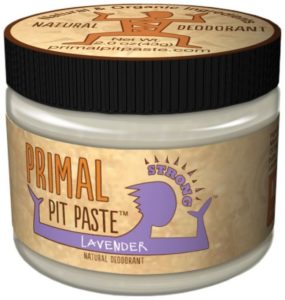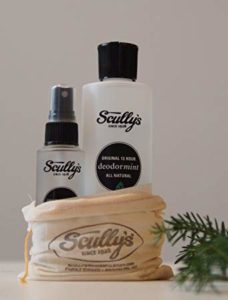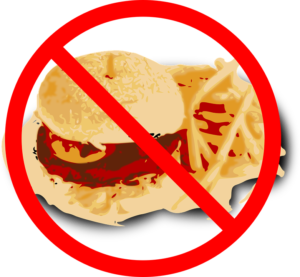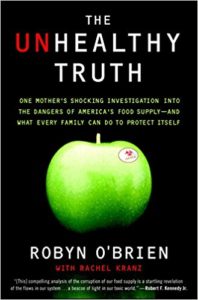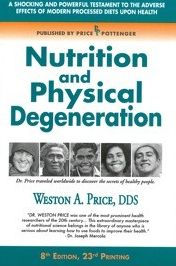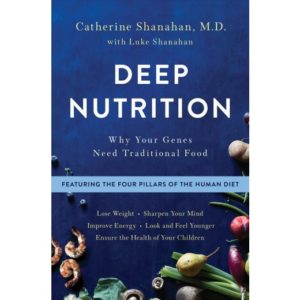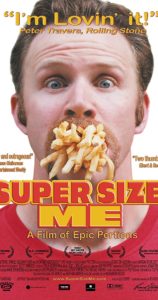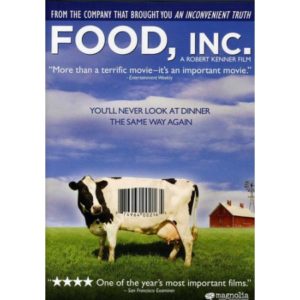If you are anything like me, you do everything you can to keep yourself and your family healthy.
- You eat organic
- You exercise
- You avoid fast food and processed junk food
- You take vitamins
- You limit your exposure to chemicals and toxins

You probably know by now that we are exposed to toxins from every side: from pollution in the air to the chemicals in our cleaning supplies to the food we eat and the body care products we use.
It has been found that over 70% of the things that touch our skin are absorbed into our bloodstream within about 26 seconds.
That’s a sobering thought, because in a typical day we touch a lot of things.
You may be aware that the products we put on our skin, from lotions and perfumes to face washes and serums, are absorbed quickly and can affect our skin’s health and vitality.
But did you know that the skin on our scalps are just as sensitive as the skin on our faces?

The products we use on our hair matter: because we are absorbing those ingredients into our bloodstream and they are affecting the health of our scalps, our hair, and our bodies.
Knowing this, I looked for a long time for hair products that were natural: I needed something that didn’t damage my health but that cleaned my hair and made it look and feel healthy.
I also wanted to grow my hair longer, which had always been a struggle.
I tried everything I could find: from expensive salon products to health store brands and infomercial products. I was disappointed because the products either didn’t work in my hair (made it look or feel gross) or still had ingredients I didn’t feel good about.
My good friend and long-time blogger Ann Marie Michaels introduced me to a new hair care brand that she was crazy about.
It had:
- no parabens
- no sulfates
- no harsh salt
- no phthalates
- no petroleum-based ingredients
- no harmful colors
- no harmful fragrances
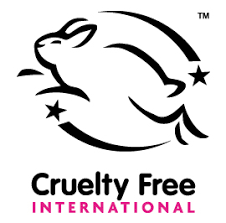 It was naturally, botanically-based, and she was getting great results with her hair. And it’s vegan, cruelty-free and leaping-bunny approved!
It was naturally, botanically-based, and she was getting great results with her hair. And it’s vegan, cruelty-free and leaping-bunny approved!
Plus it was concentrated: so she was spending less than she ever had on her hair care products!
Salon quality results from a naturally based product and it’s going to save me money?
I wanted to try it.
She also told me it had a 30 day money back guarantee, even if I used the whole bottle.
I was ready to try it: what did I have to lose?
 After the first wash, I knew I had found my shampoo. My hair was different. It felt stronger. Healthier. It looked better. Smoother. Softer. More manageable.
After the first wash, I knew I had found my shampoo. My hair was different. It felt stronger. Healthier. It looked better. Smoother. Softer. More manageable.
I loved it.
So I decided to join her team and tell people about this product that I had been searching for.
If you have been looking for a naturally-based hair care line without any of the harmful ingredients found in most brands, and you want your hair to grow stronger, longer, healthier and faster–you’ve found your brand.
Here are the benefits I’ve seen, beginning from the first wash:
- Less frizz
- Less damage, even using heat
- Looks better, with or without styling
- Dries 2-3 times faster after washing
- More manageable
- Softer
- Smoother
- Shinier
- Stronger
- Growing faster
- More volume
- Less shedding
- No breakage or brittle hair
My hair is noticeably healthier from every aspect.
And it has only gotten better the longer I’ve used it!
I was tired of compromising when it came to my hair–now I don’t have to!
I look like I just stepped out of a salon every time I step out of the shower– without compromising on ingredients or damaging my hair over time!
It always bothered me that hair commercials said, “Have healthier-looking hair.”
“Healthier-looking” hair?
Can’t I get hair that is actually healthy?
Now I actually have healthier hair: I can see it and I can feel it. And I have confidence because my hair always looks great, I can wash it less often, and it’s growing faster and stronger than ever before.
The smaller pictures on the right are before I started using these products. The bigger picture on the left is using them and air drying my hair by letting hit hang loose, which I’ve never been able to do before:
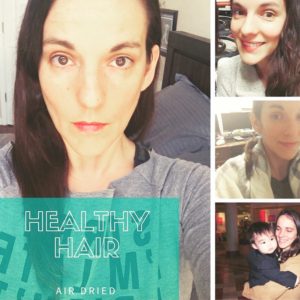
My hair is smoother, stronger, longer and healthier without any effort on my part.
Simply wash and go!
Here are my hair growth results from February to April (excuse the funny faces–they are screen shots from live videos documenting my #longhairchallenge):

My hair has consistently been growing almost two inches every month since I started using this shampoo! Since average hair growth is 1/4 to 1/2 inch per month, that is 4-8 TIMES the average growth rate of hair. And it’s growing longer than I could ever get it to grow before–no matter how hard I tried!
Now you’re probably thinking, “Sounds great, but it’s really expensive, right?”
Actually, I’m saving money over what I was using before.
Whether you are using salon-quality products or getting your shampoo at Target, there are several reasons to consider switching:
The shampoo you are using is mostly water.

Whether you use a drugstore brand or buy your shampoo from the salon, the product is 80% water, giving you only 20% of actual ingredients. No matter how good those ingredients are, that’s not a good value!
These products are 60% product, giving you three times more per bottle: which means an 8 oz bottle of this is like buying a liter bottle of anything else. Monat shampoo is literally a shampoo concentrate.
Most shampoos and conditioners contain silicones and waxes
(even if they are free of sulfates and parabens)
The purpose of silicones, gums and waxes is to protect against heat; the problem is that these substances coat your hair and build up over time, causing all kinds of problems: dryness, brittleness, split ends and even hair loss.
So your hair is less manageable, takes longer to dry, and has to be cut more often because it’s unhealthy.
More trips to the salon does not equal a lower cost.
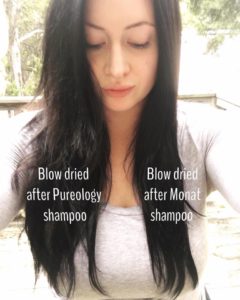 If you want to check the ingredients of your bottle, anything ending in “-cone” is a silicone, and acts like plastic on your hair when you use heat, damaging it to the core.
If you want to check the ingredients of your bottle, anything ending in “-cone” is a silicone, and acts like plastic on your hair when you use heat, damaging it to the core.
Contrast: none of that in this brand.
I use a dime-sized portion for each wash: the first wash grabs build up and the second wash flushes it away, for a sqeaky-clean feel that lets you know the build-up is gone.
The brand is MONAT: the first anti-aging hair care line ever.
With all of these benefits and no additional cost, why wouldn’t you try Monat today?
30 Day Empty Bottle Money Back Guarantee
We are so sure you are going to fall in love with these products, you try any product for 30 days and receive a full refund if you are unhappy for any reason–even if you’ve used the whole bottle?
Have you ever purchased a shampoo that offered that?
Wanna know a secret, though? There is a less than 1% return rate.
Now that’s a guarantee.
VIP customers get a free product with every flex-ship order. This month you can choose which one you want:
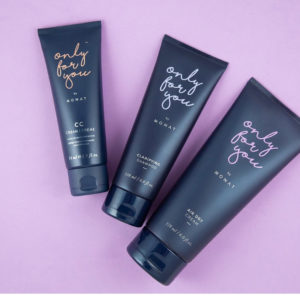
What are you waiting for? Get the best hair of your life, or your money back. Check out these amazing before & after pictures, posted by users:
Heal Damage

Get Back Manageability and Health
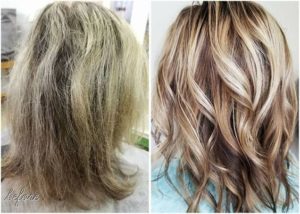
Create an Ideal Environment to REGROW HAIR!!
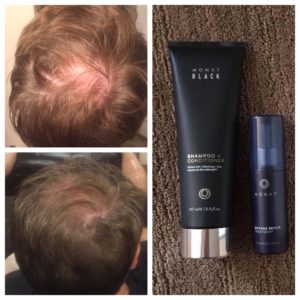
Bring Life, Shine, Bounce and Vibrancy to Color-Treated Hair!
.
Tame Those Tangles and Bring back the Soft, Shiny Curls!

Hydrate and Nourish: Perfect for Any Hair Type or Ethnicity!
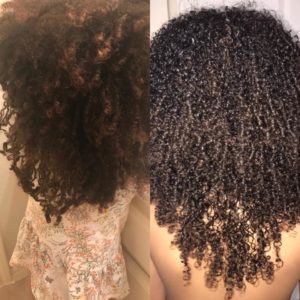
What is Your Confidence Worth?

As mentioned above, these products are so concentrated, they will last you for months–so you actually save money while getting the hair of your dreams!
Imagine what it will be like to turn heads because you have shiny, beautiful, healthy hair.
Imagine having hair that you can’t stop touching and that makes you look great in every picture.
Imagine frizz is a thing of the past, and having great hair, even when it’s air dried.
Imagine healthier, more vibrant hair with every wash.
Imagine how you’ll feel when you see people looking twice, three times when you walk by.
Imagine spending less time getting ready, and looking even better than before.
Imagine going longer between haircuts–growing your hair longer, faster without damage
Imagine what MONAT can do for you.
To see this month’s offers, click here. Go to “Start Now” and click on your country. You will see the offers and prices available to you today.
There are three options if you are ready to buy, and discounts are available!

How could having the best hair of your life change everything for you? There are samples available if you need to try it first–but there is always an EMPTY BOTTLE Money-Back guarantee–try it risk free for 30 days and see what Monat can do for you!
(Scroll down for more details on each product and what it does for you.)
If you have any questions about any of the products, my experience, or how to order, feel free to contact me by email, text (802-227-7051) or on messenger.
Here are some details on some of MONAT’s botanical, revolutionary products:
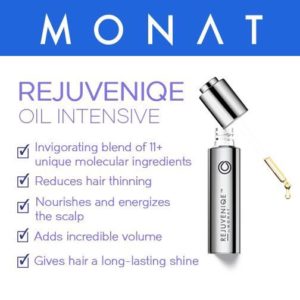
- Rejuvenique Oil Intensive Abyssinian oil was the first ingredient selected for its remarkable rejuvenating properties. Next, a blend of 13+ unique ingredients, including antioxidants, beta-carotene, and omega-3 fatty acids was developed. Thus REJUVENIQE Oil Intensive was born. Think of it like replenishing your hair and scalp with much needed nourishment that tends to be removed through washing. Because REJUVENIQE is compatible with the skin, it is easily absorbed without leaving greasiness.This flagship product balances the scalp, resolving both dryness and oiliness and nourishing the hair and scalp. Use the Rejuveniqe Oil as an overnight treatment once or twice per week, then wash the next morning. You may find yourself washing your hair less often–which is better for your hair, your scalp, and your wallet!
Rejuveniqe Oil is also a luxurious anti-aging facial moisturizer and can even be used to help resolve skin issues such as psoriasis and other rashes. It’s very concentrated, so a few drops will do–and there are over 600 drops in each bottle. With over 101 uses, this is one versatile oil! (Message me and ask for the 101 uses and I’ll send it to you!)
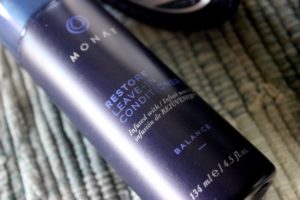
- Restore Leave-In Conditioner I love this lightweight leave-in conditioner because it weighs down my wispy, wavy hair just enough it make it look great: it’s great in combination with the air dry cream.
- Revive Shampoo Get volume and smooth, shiny style. This is the shampoo I use most often for my fine, thin, limp hair.
- Revitalize Conditioner The other half of the Volume System, this is the most popular conditioner: strengthen and smooth your hair while nourishing it and cleansing out the build-up. It smells like heaven!
- Tousled Texturizing Mist This fun styling product gives your hair the sexy, messy look like you’ve just come back from the beach.
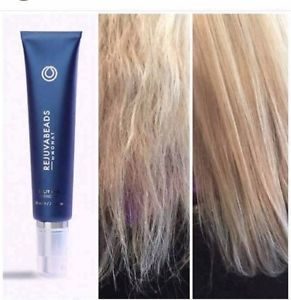
Guys. This technology is pretty great: tiny (natural) beads penetrate your hair shaft and actually mend split ends! Makes hair smoother and mends damage so you can go longer between hair cuts and grow your hair long, strong and smooth!
This cream has been a game changer for me: now I can air dry my hair without using curlers or tying it up all day. My hair looks great air drying it loose, and it dries so much faster!


If you love the idea of dry shampoo but have never found one you love, this is for you. Dry shampoos normally contain talc (carcinogen) and leave a white powder residue in your hair (not great for brunettes–which is why I’ve never used it).
This one doesn’t have talc and doesn’t leave a white residue. It lets you delay washing for another day and your hair still looks great–and nourishes your hair while doing it! Use it after going to the gym too for an effortless style.
PLUS it’s CFC-free, recyclable and doesn’t affect the ozone layer–and it’s not flammable (no butane or propane)!
This is the best hairspray I’ve ever used. The cleanest ingredients in a hairspray I’ve ever seen and doesn’t create the build up on your scalp that other hairsprays do. I also love the scent (and don’t worry — all the fragrances in MONAT products are safe).
PLUS it’s CFC-free, recyclable and doesn’t affect the ozone layer–and it’s not flammable (no butane or propane)!
In addition, when you sign up as a VIP customer now you will receive an additional free product at check-out and free shipping on your order!
*VIP benefits are below. This first order counts as your first flex ship.

More Resources:
More about MONAT: the company, the brand, the products
How to Buy genuine MONAT products and save the most money.
How Non-toxic is it? See the Ingredients and Skin Deep Scores
Search this Group to Find Your Issue and See Which Products They Used (Everyone posts their own results here)
A Review of WOW Apple Cider Vinegar Shampoo and Conditioner
Still have questions? Text me at 802-227-7051
or email me at leah@freedomandcoffee.com
New to Freedom & Coffee? Start here.
Disclosure: many of the product links in this post are affiliate links, which means I will receive a small commission from any purchase. I only recommend products that I love and this is at no extra cost to you. Thank you for supporting our mission with your clicks!



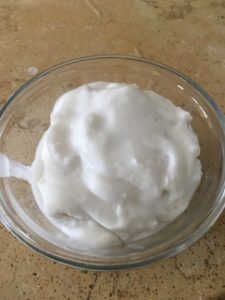


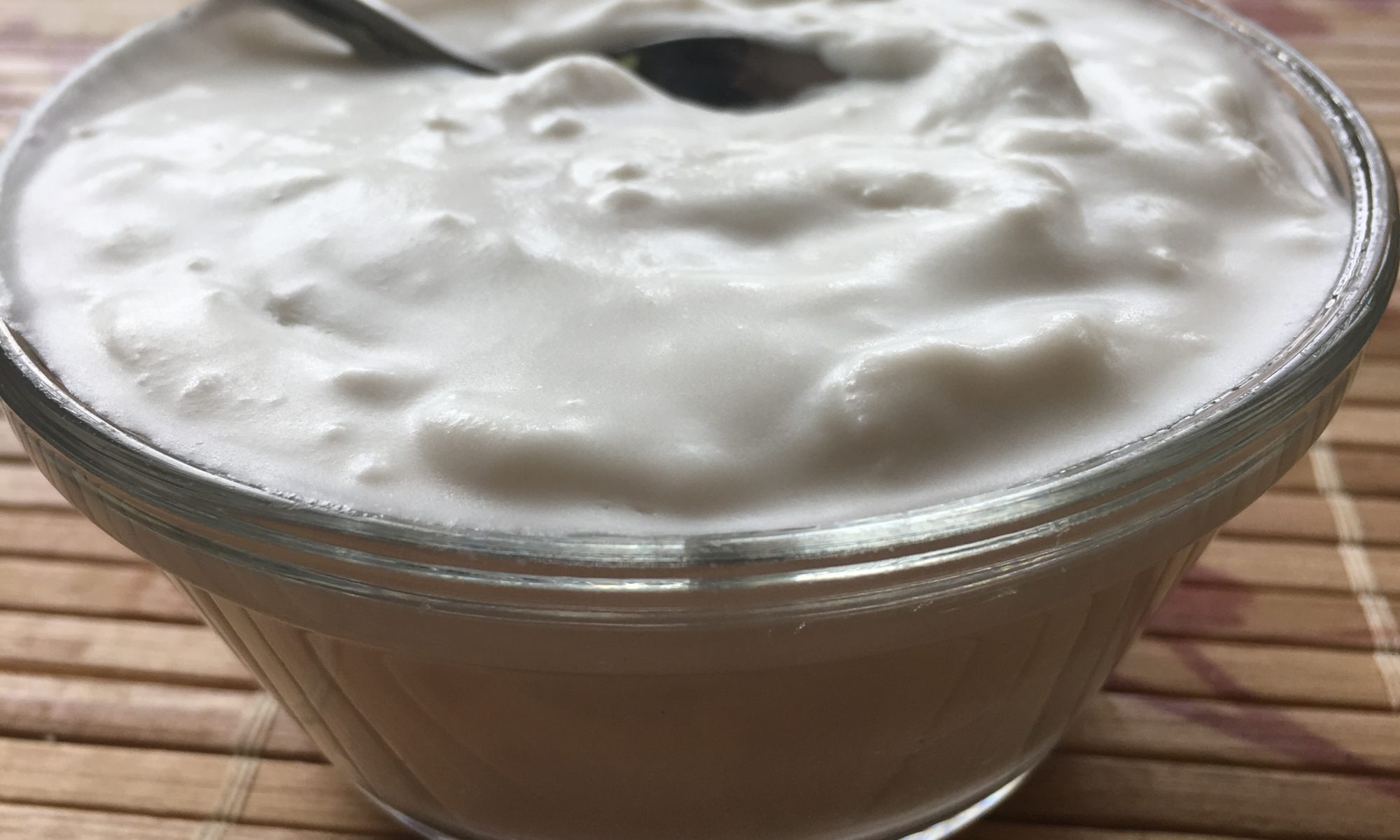

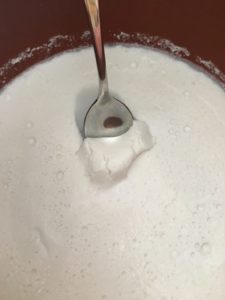
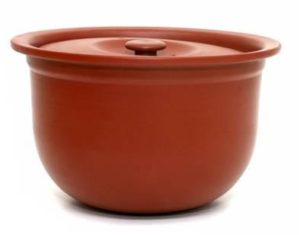




 It was naturally, botanically-based, and she was getting great results with her hair. And it’s vegan, cruelty-free and leaping-bunny approved!
It was naturally, botanically-based, and she was getting great results with her hair. And it’s vegan, cruelty-free and leaping-bunny approved! After the first wash, I knew I had found my shampoo. My hair was different. It felt stronger. Healthier. It looked better. Smoother. Softer. More manageable.
After the first wash, I knew I had found my shampoo. My hair was different. It felt stronger. Healthier. It looked better. Smoother. Softer. More manageable.


















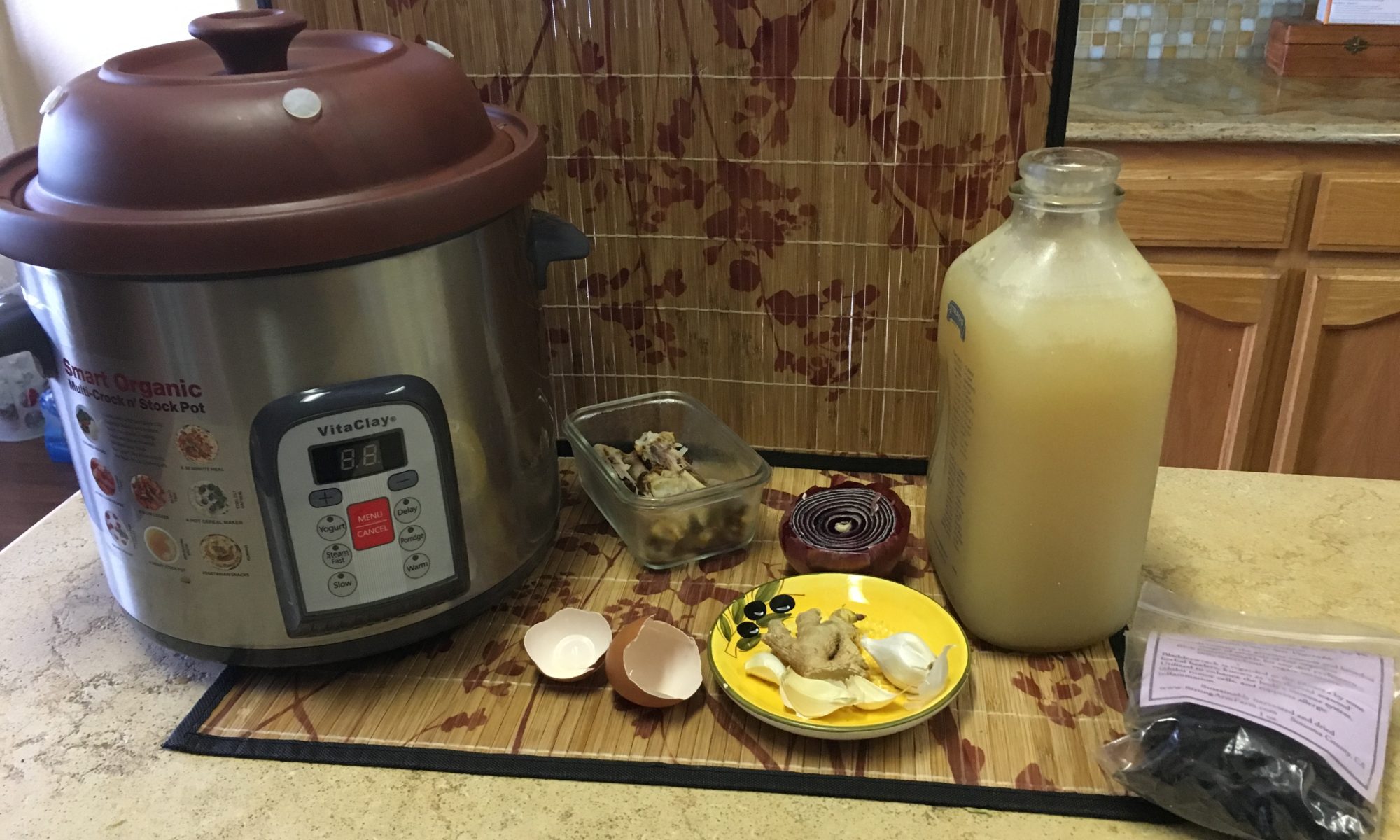
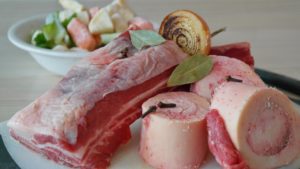 A traditional food of the highest degree, every society has relied on broth in some form for thousands of years, and for good reason.
A traditional food of the highest degree, every society has relied on broth in some form for thousands of years, and for good reason.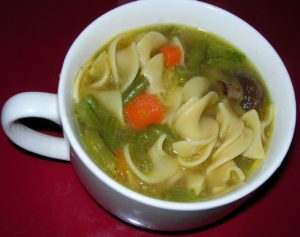
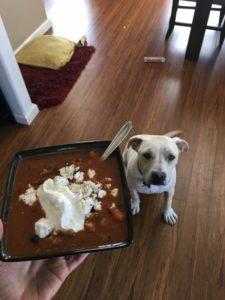
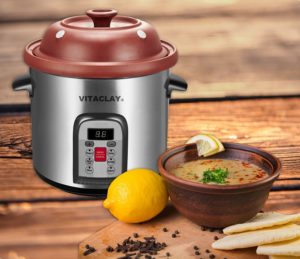
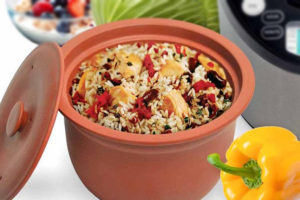
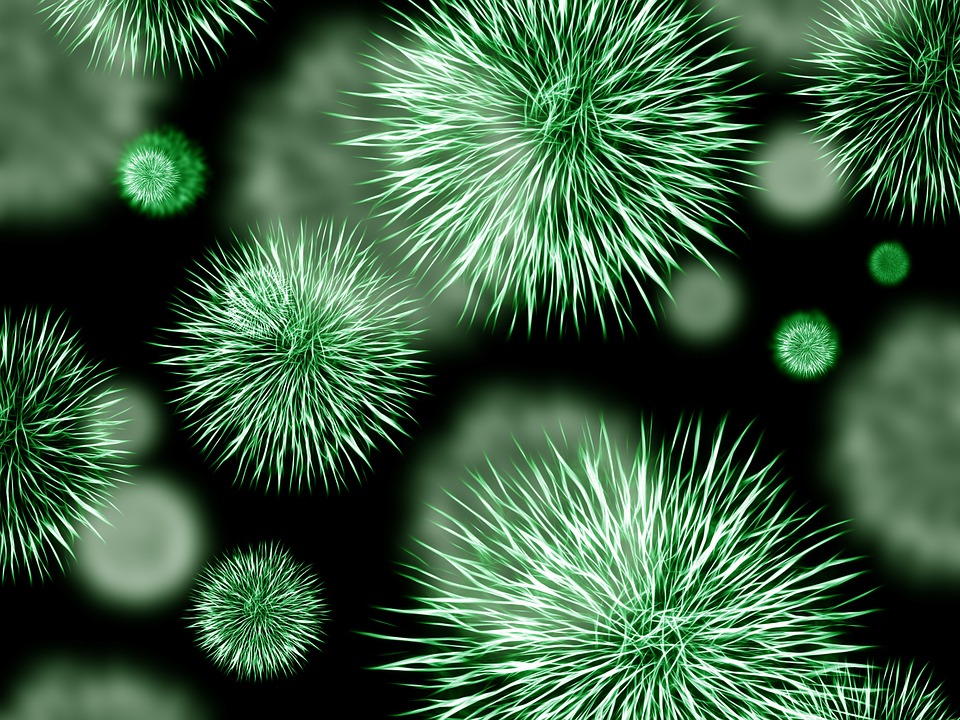
 I don’t know the details of this original illness, but I do know that he’s been suffering from digestive issues ever since, which have increasingly tormented him and prevented sleep at night, interfering with his work and ministry at church.
I don’t know the details of this original illness, but I do know that he’s been suffering from digestive issues ever since, which have increasingly tormented him and prevented sleep at night, interfering with his work and ministry at church.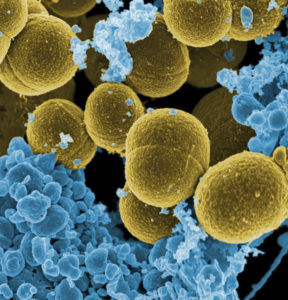
 A huge variety of our bacteria live in our digestive systems, or our “guts,” and researchers are discovering that at least 70-80% of our immune system is in our gut. Our gut health has a huge influence on our overall health: both physical and mental.
A huge variety of our bacteria live in our digestive systems, or our “guts,” and researchers are discovering that at least 70-80% of our immune system is in our gut. Our gut health has a huge influence on our overall health: both physical and mental.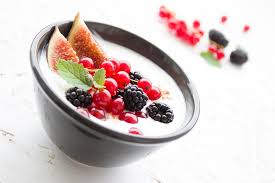 Yogurt is the most popular and widely-known source of probiotics, but not all yogurts are created equal.
Yogurt is the most popular and widely-known source of probiotics, but not all yogurts are created equal.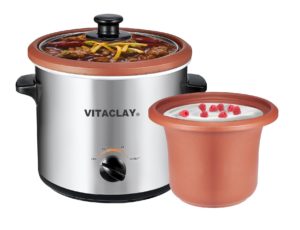
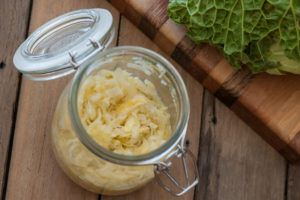

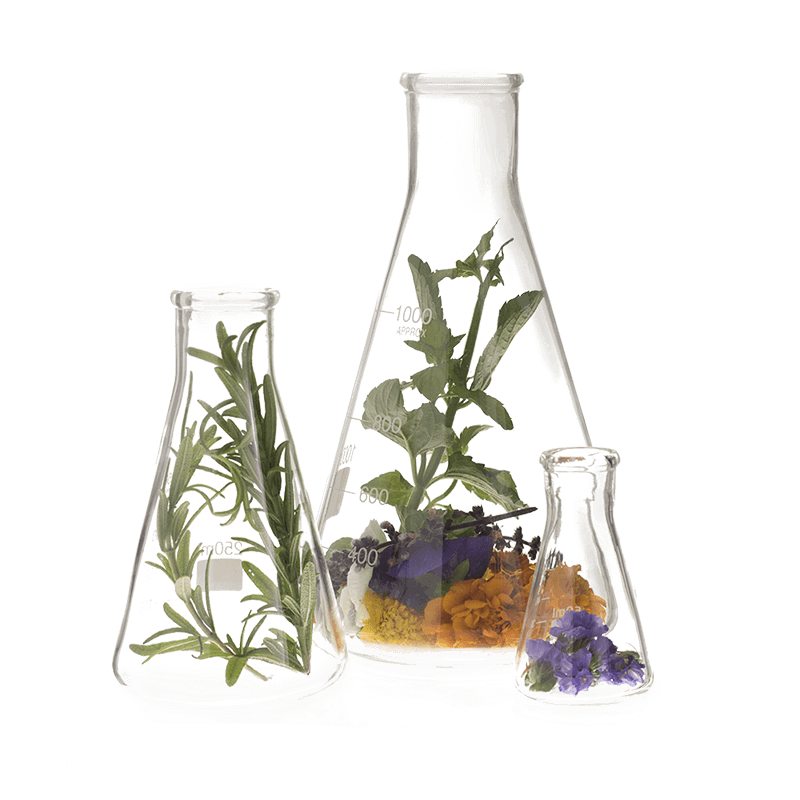
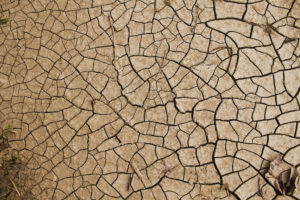 In antiquity, people got a good amount of soil in their diets from digging up veggies and eating them.
In antiquity, people got a good amount of soil in their diets from digging up veggies and eating them.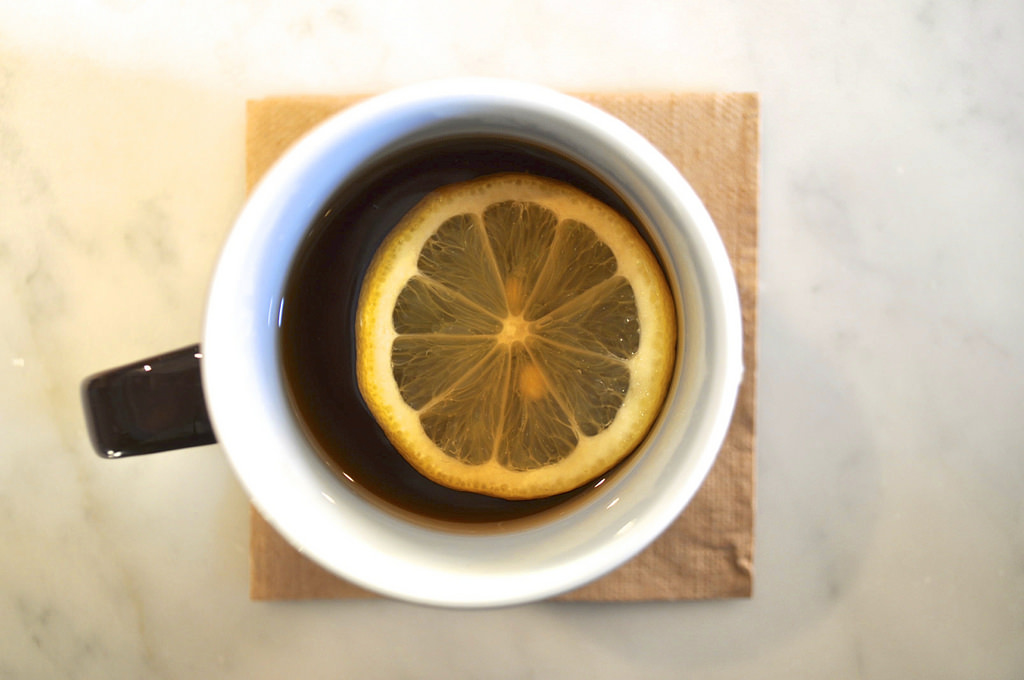



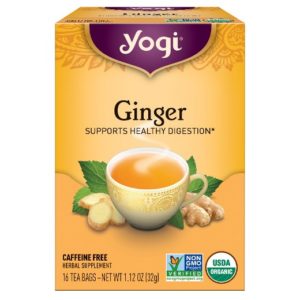
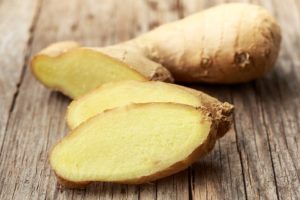
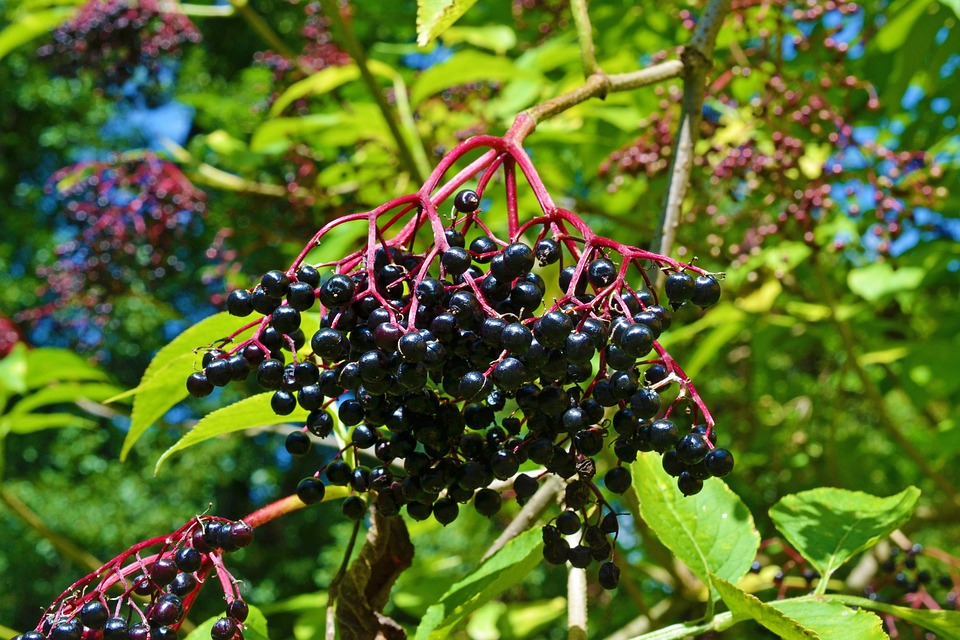
 If you’re anything like me, you don’t love taking medicine. Not only are most over-the-counter and prescription meds made of yucky chemicals that aren’t good for you and stay in your tissues for years, they contain other baddies such as brain-toxic artificial colors and preservatives that we try to avoid in our food.
If you’re anything like me, you don’t love taking medicine. Not only are most over-the-counter and prescription meds made of yucky chemicals that aren’t good for you and stay in your tissues for years, they contain other baddies such as brain-toxic artificial colors and preservatives that we try to avoid in our food.
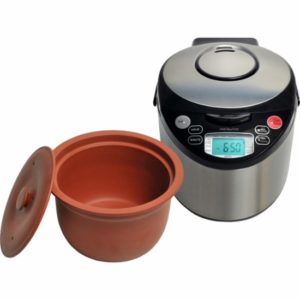




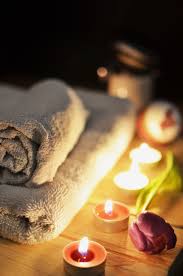
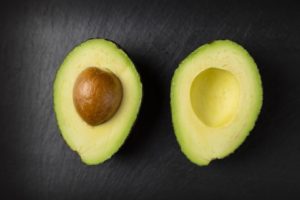

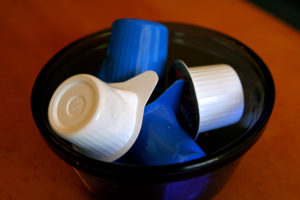 She told me she makes it at home and uses regular coffee from the store. She loves to put a flavored non-dairy creamer in it every day, because it “tastes so good!”
She told me she makes it at home and uses regular coffee from the store. She loves to put a flavored non-dairy creamer in it every day, because it “tastes so good!”
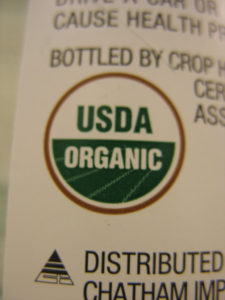
 Buy whole beans and a grinder.
Buy whole beans and a grinder.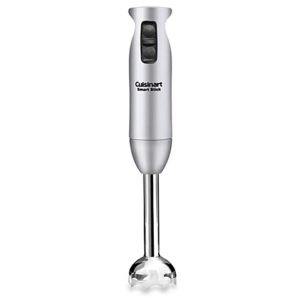
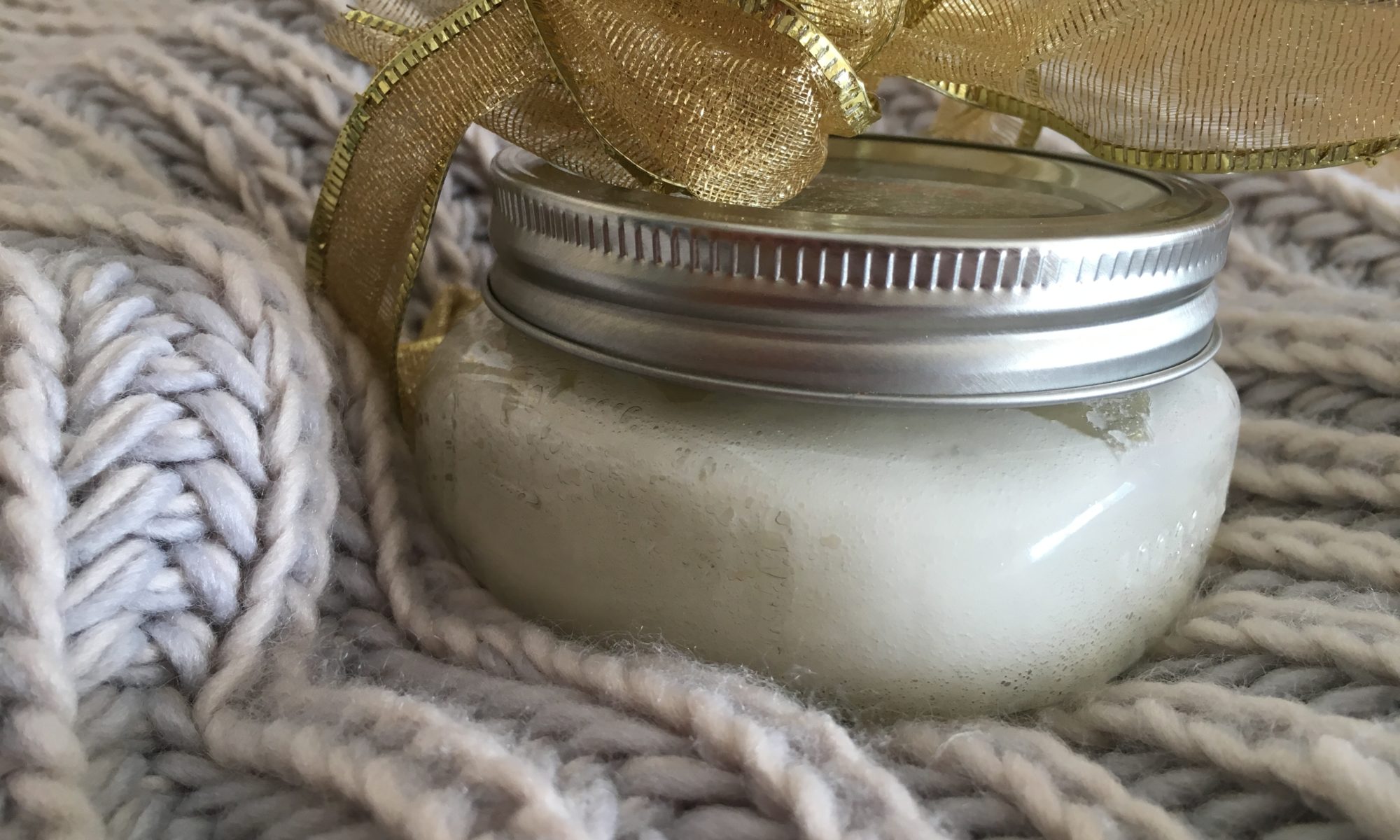


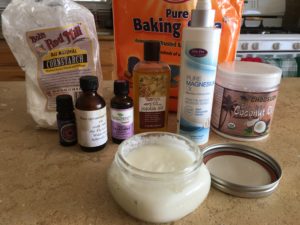
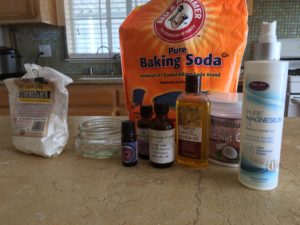
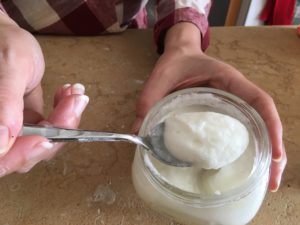 *The magnesium oil, jojoba oil and essential oils are not completely necessary: the essential oils are for scent, and the jojoba/Vitamin E are soothing. I like to add the magnesium oil because it’s a great way to absorb more magnesium and it gives the deodorant a fluffier texture that I really like.
*The magnesium oil, jojoba oil and essential oils are not completely necessary: the essential oils are for scent, and the jojoba/Vitamin E are soothing. I like to add the magnesium oil because it’s a great way to absorb more magnesium and it gives the deodorant a fluffier texture that I really like. 